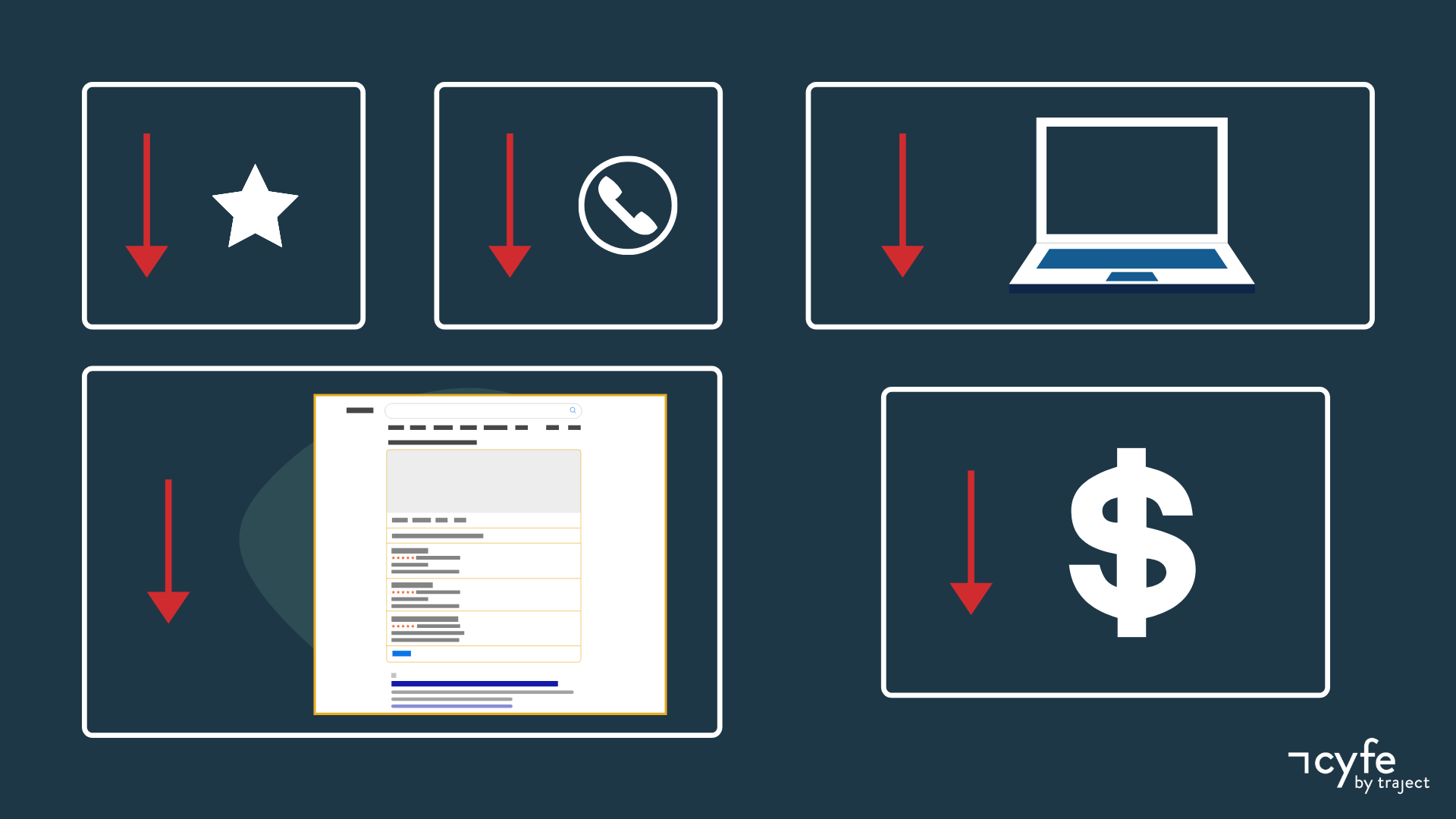For many large organisations the issue of data silos has got worse with the explosion in experience data X-data from in-store feedback to. Data silos are often associated with specific industries such as healthcare or marketing.
 The Ultimate Guide To Data Silos And Workplace Communication
The Ultimate Guide To Data Silos And Workplace Communication
Personal information systems bullets - single user.

Data silos are often associated with. If organizational silos are stand-alone containers of people then it makes sense that data silos are stand-alone containers of data. This incompatibility may occur in the technical architecture in the application architecture or in the data architecture of any data system. Removing data silos can help you get the right information at the right time so you can make good decisions.
Information system that is shared by a group of people for a particular purpose. This was last updated in July 2015. The development of one or a few related analytics applications.
This means the Excel spreadsheet you rely on to make budget allocations may not show the. Finance administration HR and other departments need different information to do their work and those individual collections of often overlapping-but-inconsistent data are in separate silos. Data tends to be organized by internal departments.
And you can save money by reducing storage costs for duplicate information. These silos are isolated islands of data and they make it prohibitively costly to extract data and put it to. When data silos occur your business suffers in many ways.
A Financial Plan Budget. Data silos are rigidly compartmentalised areas of data that dont join up with any other part of your information systems. This can be best practices hidden insights or key data to other business units objectives that are not shared across the organization.
Enterprises need to bring together data from transactional data stores data warehouses data lakes machine logs unstructured data sources application storage social media storage and cloud storage. You can read this excellent article on data silos and customer centricity to understand how data affects customer success. The terms data silo and information silo are sometimes used as synonyms but more often information silos are considered to be a cultural problem caused by knowledge workers who dont want to share information while data silos are the result of technology that hinders collaboration.
Solutions for data silos. A data silo is a collection of data held by one group that is not easily or fully accessible by other groups. Trapped information is one of the main disadvantages of silos.
Just getting started requires finding every wafer a machine processed gathering the data for that machine from each wafer data silo. Competition or animosity between departments can cause those employees to keep data from each other rather than working together. Data silos can result from several factors including.
An example of an information silo would be the electronic management system used for medical. Data silos are a problem for three primary reasons. A data silo is an isolated source of information in an organization that lacks context and prevents useful interpretation.
Your company lives and dies on the strength of its financial planning and budgeting but data silos mean that important supporting data may be left out of financial analyses and reports. Data silos are often associated with the development of infrastructure to support enterprise-wide analytics. -data duplication among employees.
If your data is siloed relevant connections between siloed data can easily be missed. Especially in large organizations data silos can stem from a hierarchy separated by many. A data silo is a collection of information in an organization that is isolated from and not accessible by other parts of the organization.
Information systems used by a single individual. Both small and large volumes of data for batch or real-time use cases get trapped. Additionally the costs associated with integrating the information systems may not justify a change.
Inability to get a comprehensive view of data. Data silos impact every part of your business including the following crucial areas. Silos are often associated with poor architecture legacy operational systems and outdated company culture.
Silos are proliferating particularly with increasing cloud storage and. More importantly it can often lead to Information silos where a data system is incompatible or not integrated with other data systems. But the truth is that any function or organization that uses data as a moat may very well be dealing with data silos.
A demon that can drive up that 80 and often makes initiatives impossible. Data silos are information kept within a department or business unit that prevents the company from optimizing its potential. Now the company wants to use that same data to track the health of the underlying machine but they soon find out they have a huge problem.
A data silo is a situation wherein only one group in an organization can access a set or source of data. They associated the data with a wafer rather than a machine so it becomes very complicated to determine what happened to the actual machine over time.
